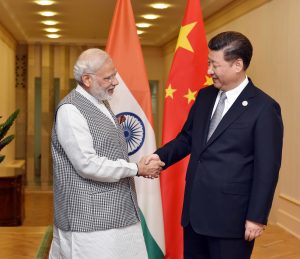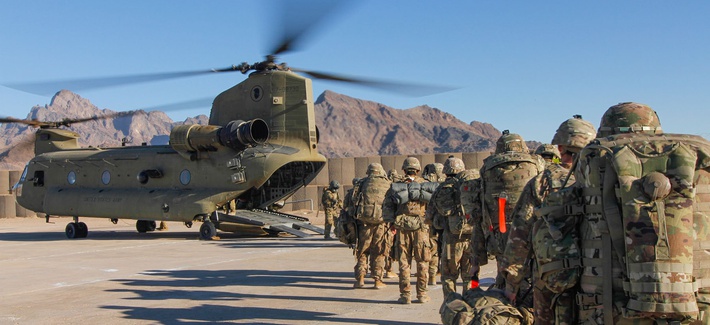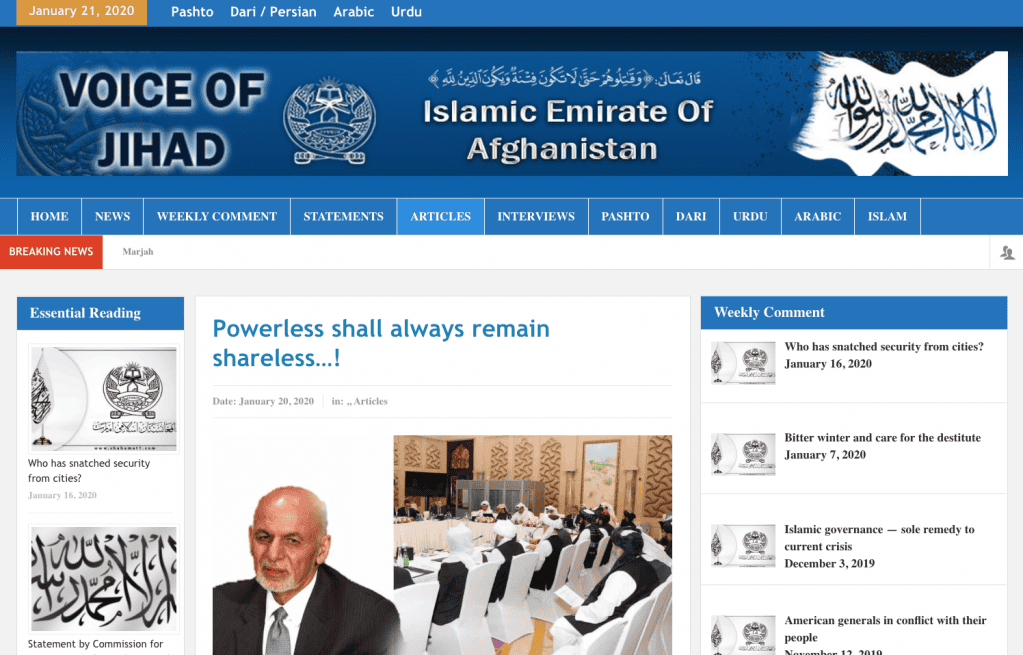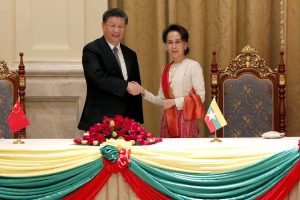By: Syed Fazl-e Haider
Introduction
In early December, Major General Shao Yuanming (邵元明), the Deputy Chief of the Joint Staff Department of the Central Military Commission of the People’s Republic of China (PRC), traveled to the Islamic Republic of Iran for rare high-level military meetings. These meetings were held for the purpose of organizing a series of unprecedented joint naval drills between China, Iran, and Russia, which were held in the Indian Ocean and the Sea of Oman from December 27–29. The drills took place just as escalating tensions between the United States and Iran reached a crisis point at the end of 2019. The exercise also signified a deepening relationship between Iran and the PRC in economics, diplomacy, and security affairs.
China and Russia have both increased military and economic cooperation with Iran in the year and a half since the U.S. government pulled out of the Joint Comprehensive Plan of Action (JCPOA). However, while Iran’s government has repeatedly touted its deepening relations with China and Russia as a show of diplomatic strength, its allies have been less public about the growing relationship. In December, Iranian officials lauded the trilateral exercises—titled “Marine Security Belt”—as proof that Iran can outlast crippling sanctions with aid from its non-Western allies, and declared that the drills signaled a new triple alliance in the Middle East (Tasnim News, December 29, 2019). [1] By contrast, officials from Russia and the PRC were more restrained, framing the joint exercises as part of routine anti-piracy operations, highlighting their peacekeeping priorities and seeking to depoliticize the drills (South China Morning Post, September 23, 2019; Ministry of Foreign Affairs (Russia), October 2, 2019).
Participating Vessels and Exercise Activities










/arc-anglerfish-arc2-prod-mco.s3.amazonaws.com/public/5UCQZXIAXVAQ3L472RHU5A6QMM.jpg)
